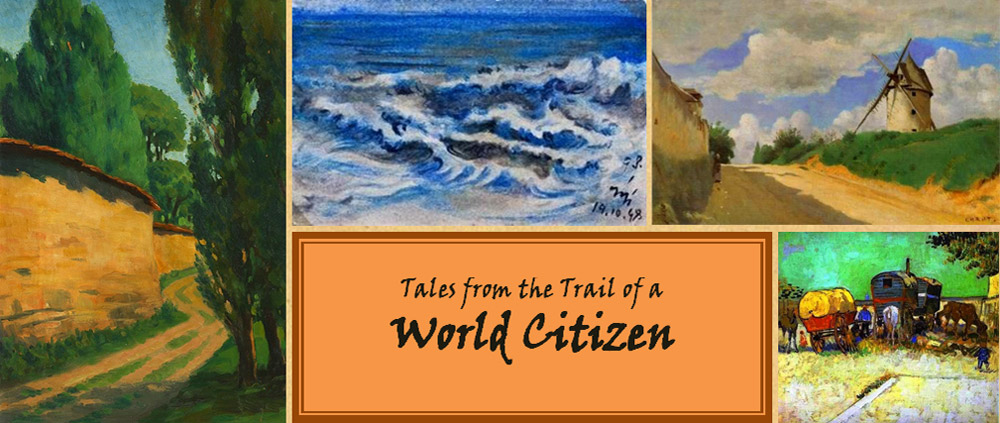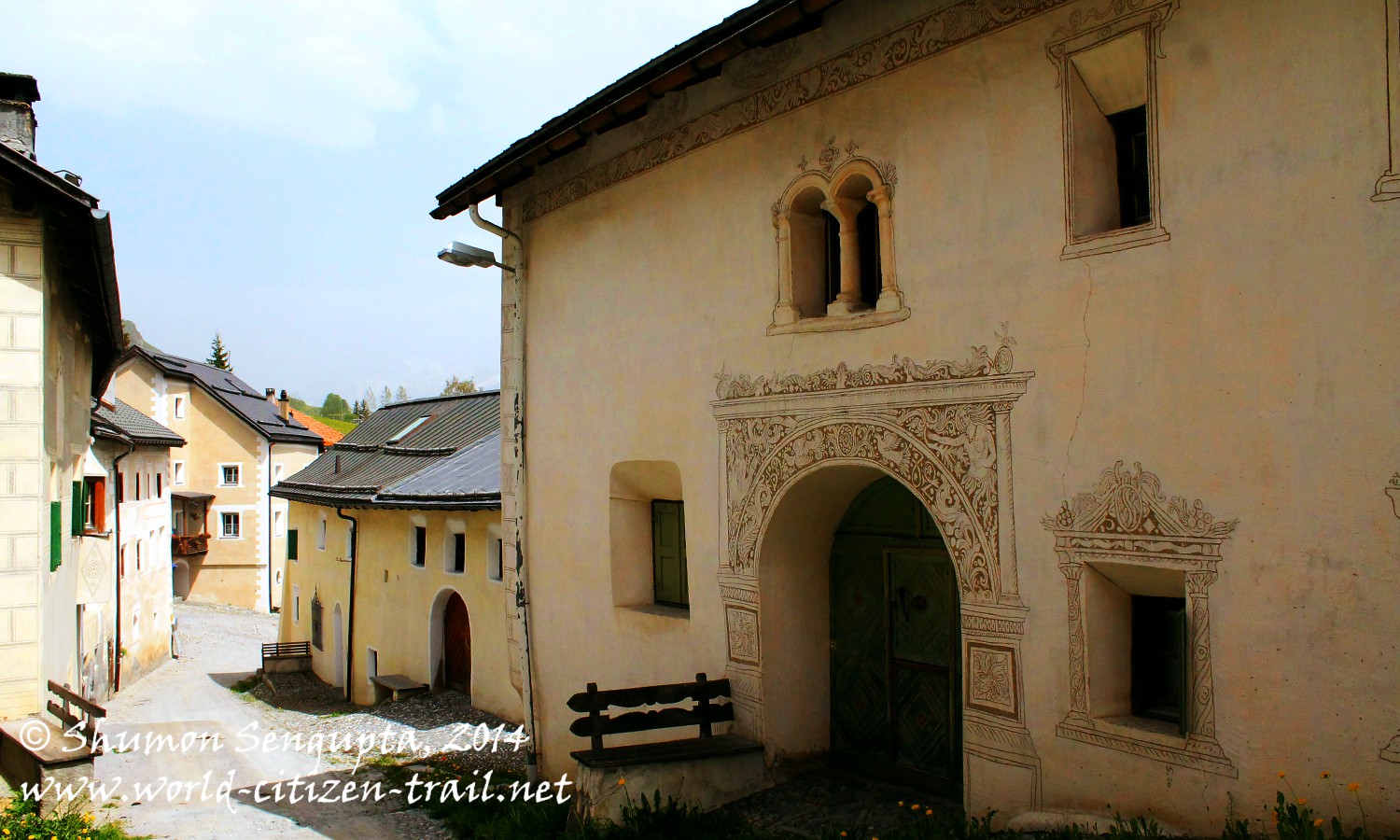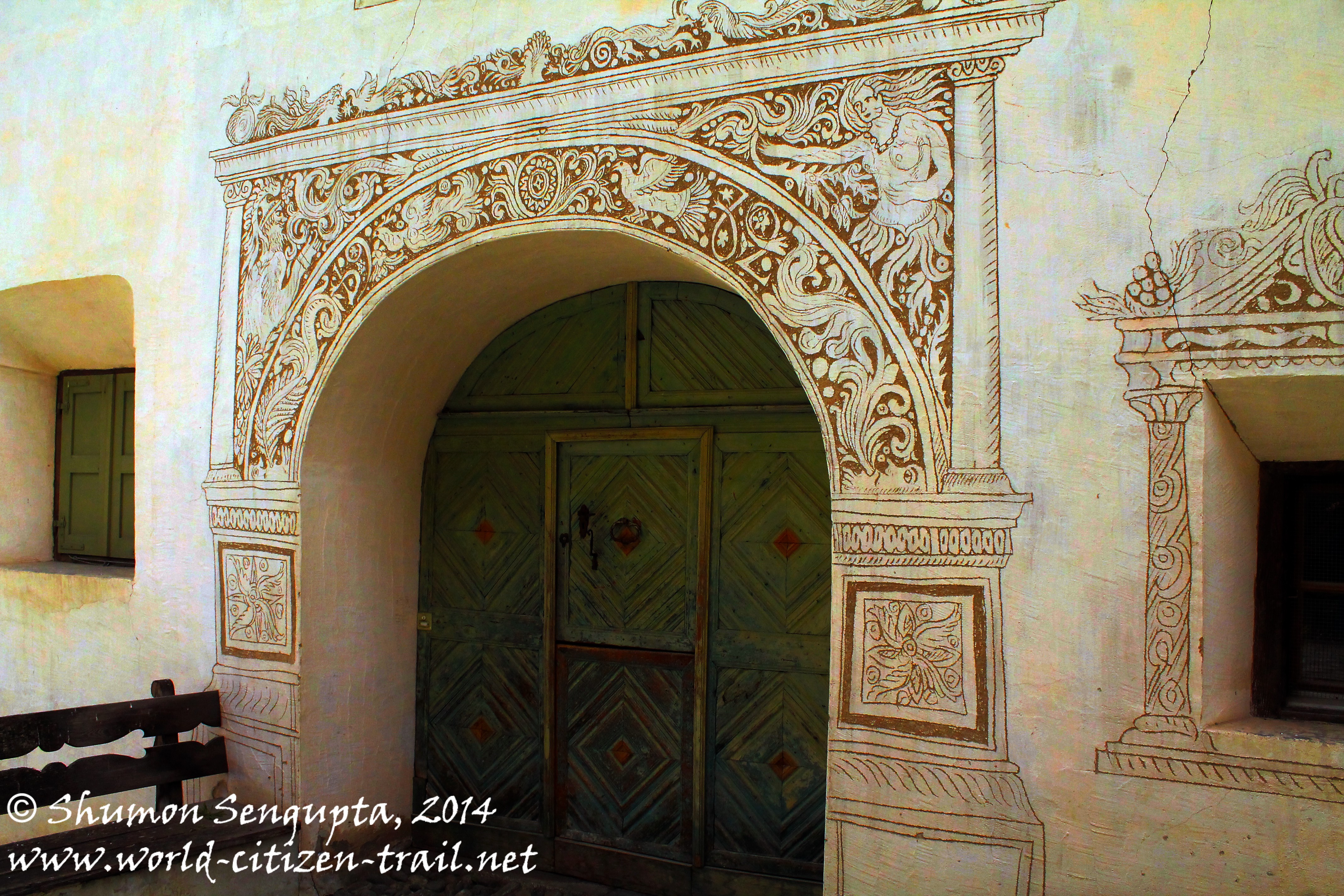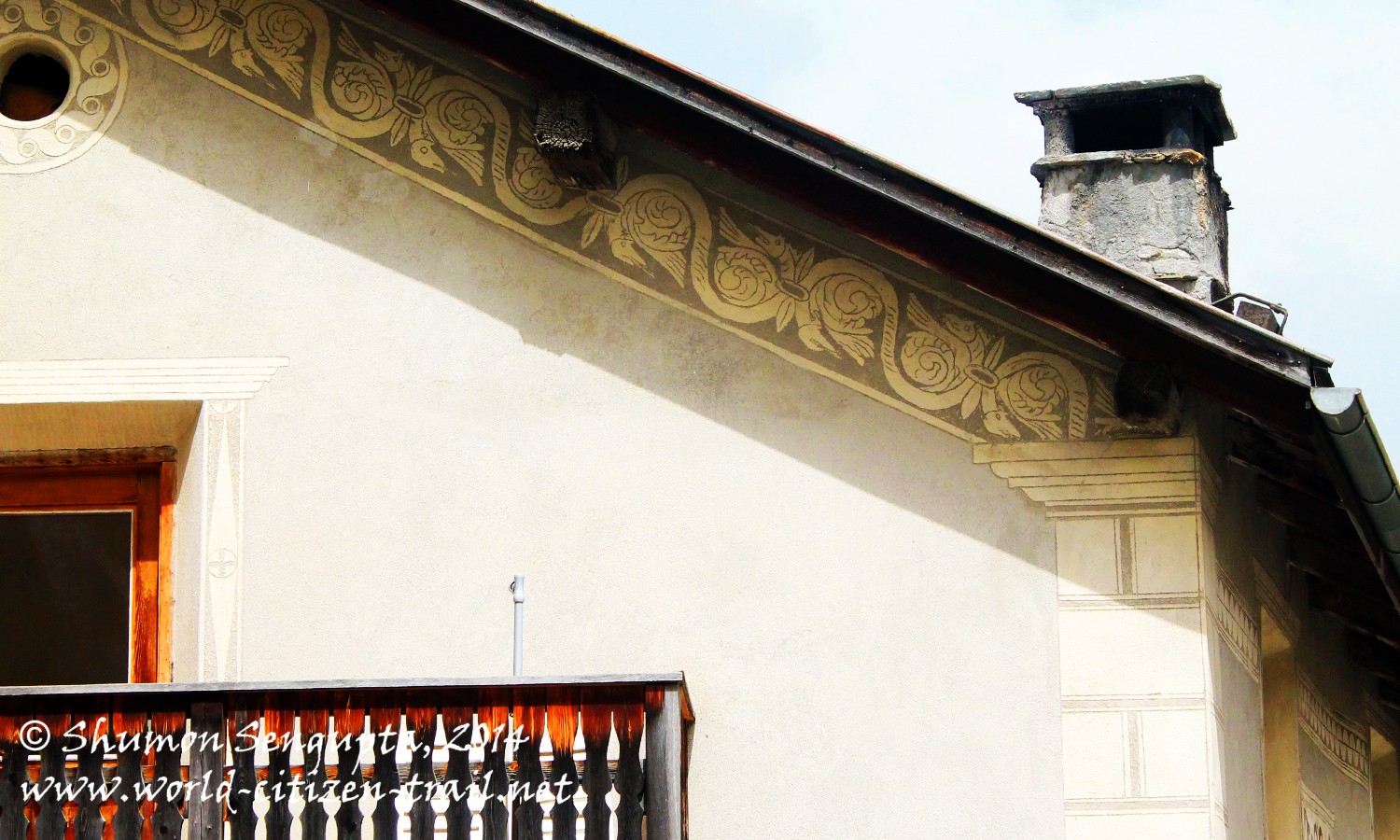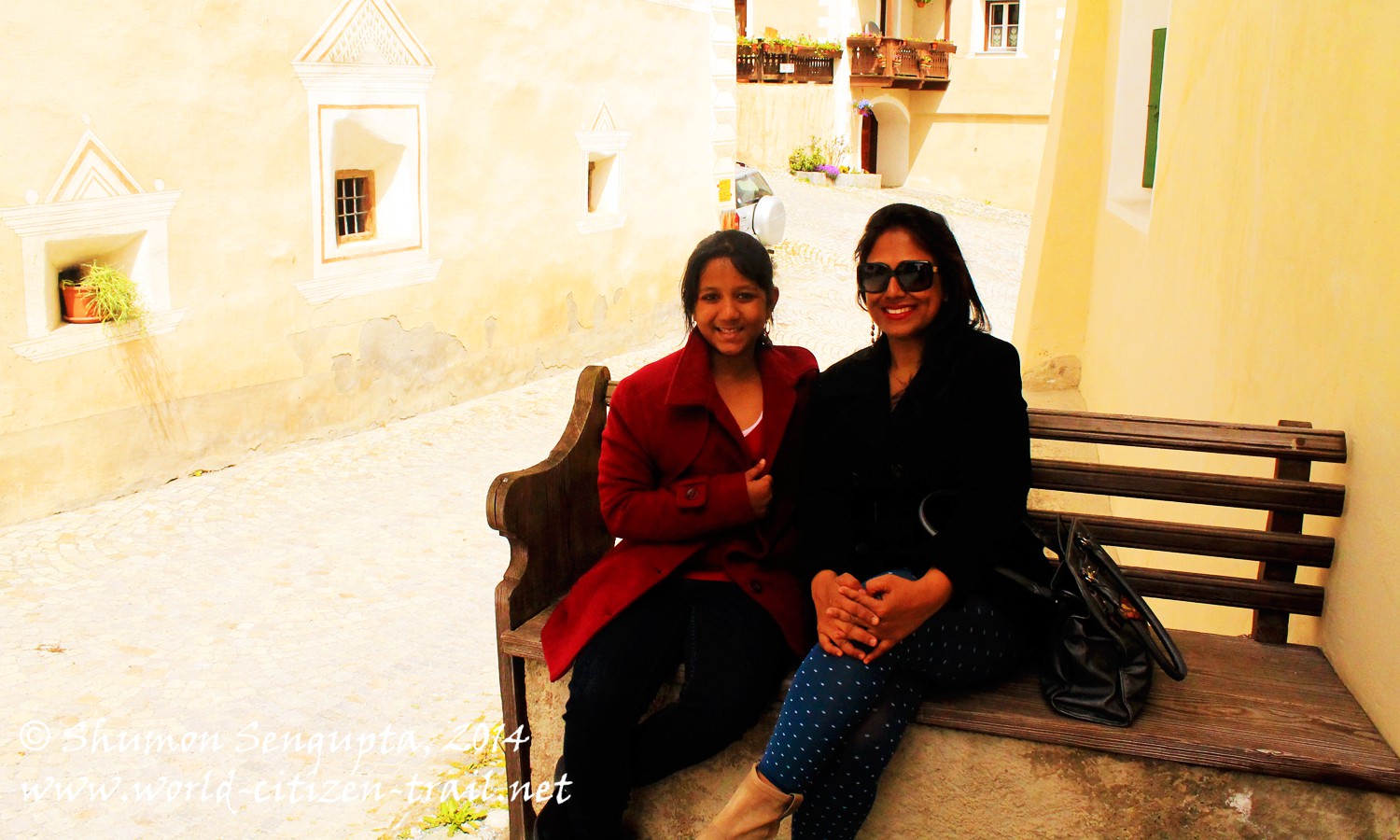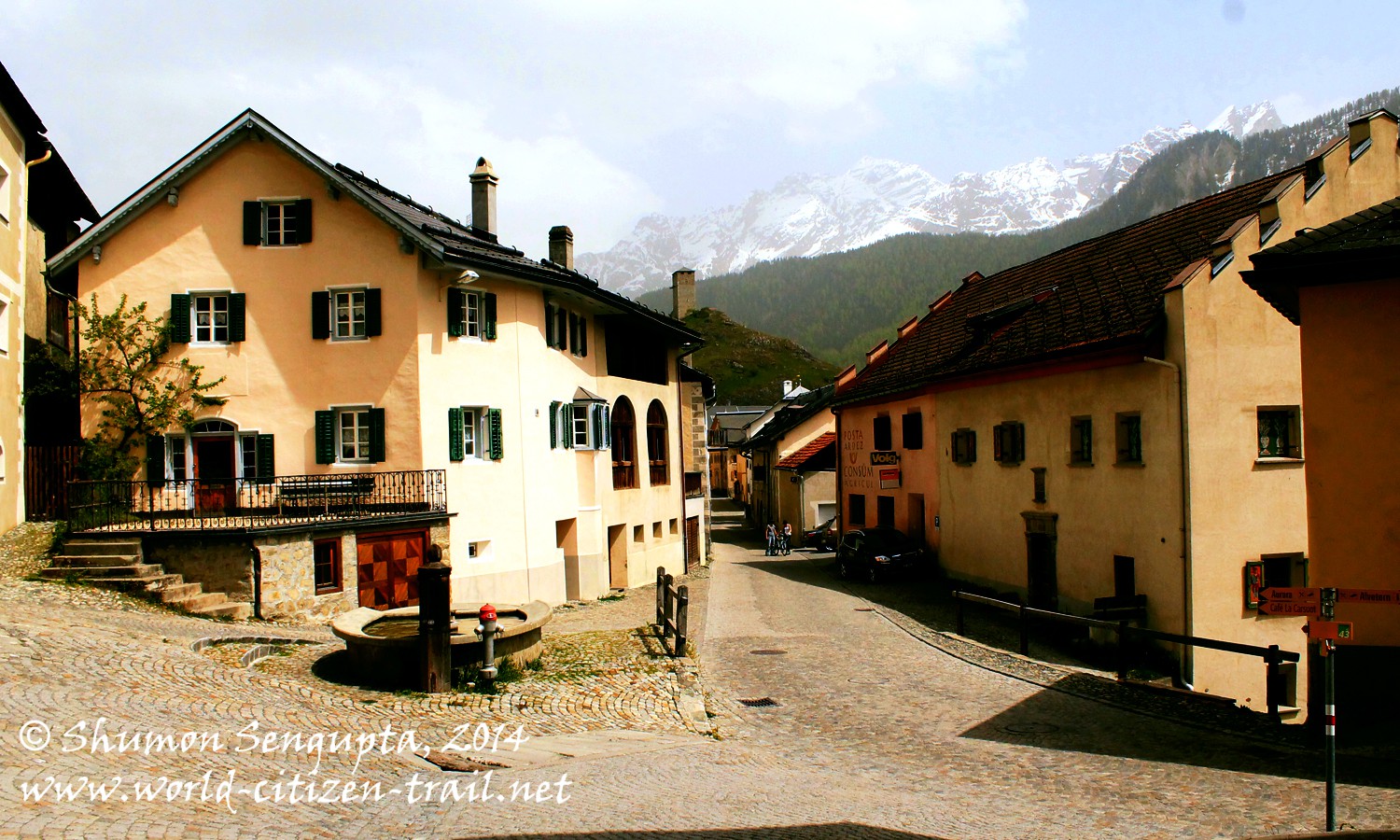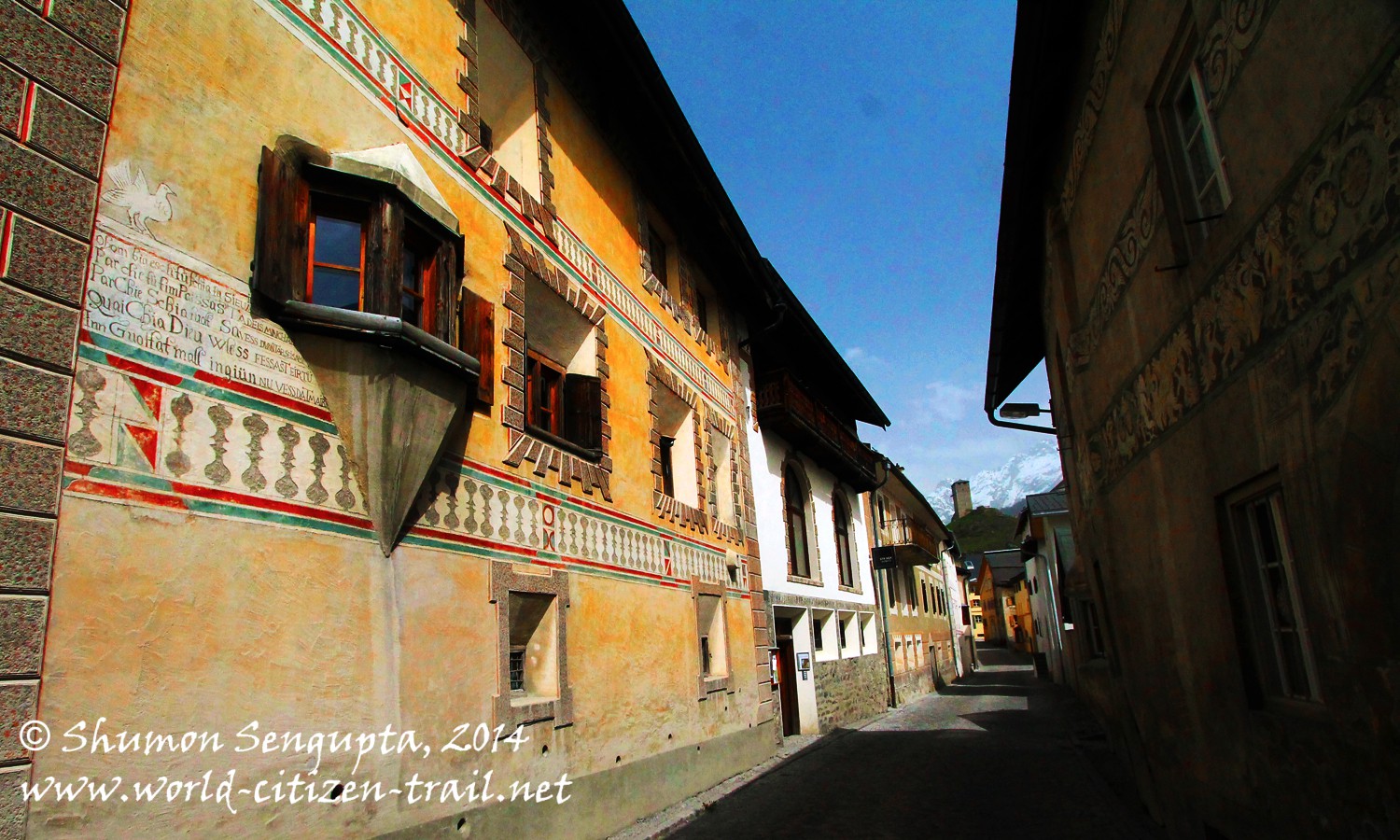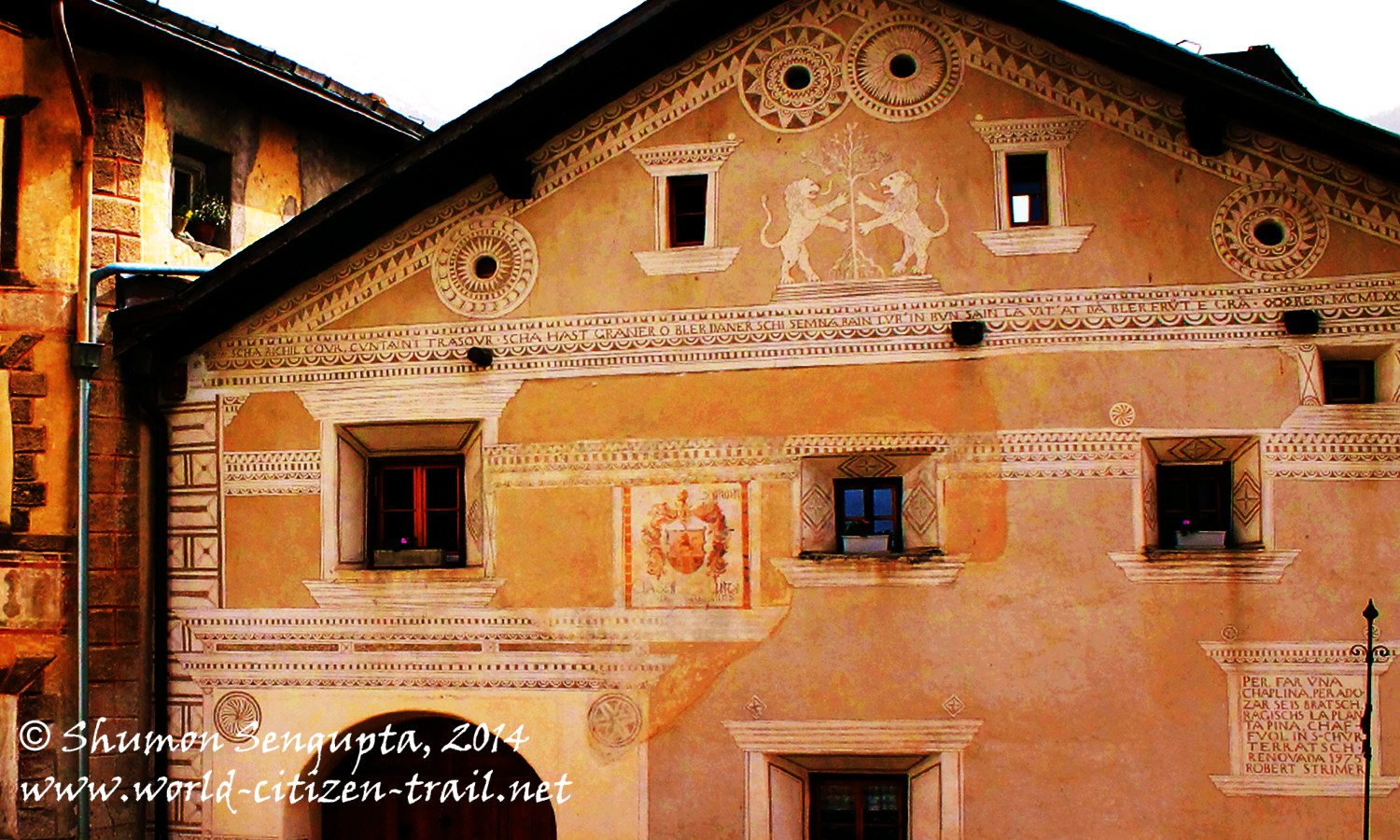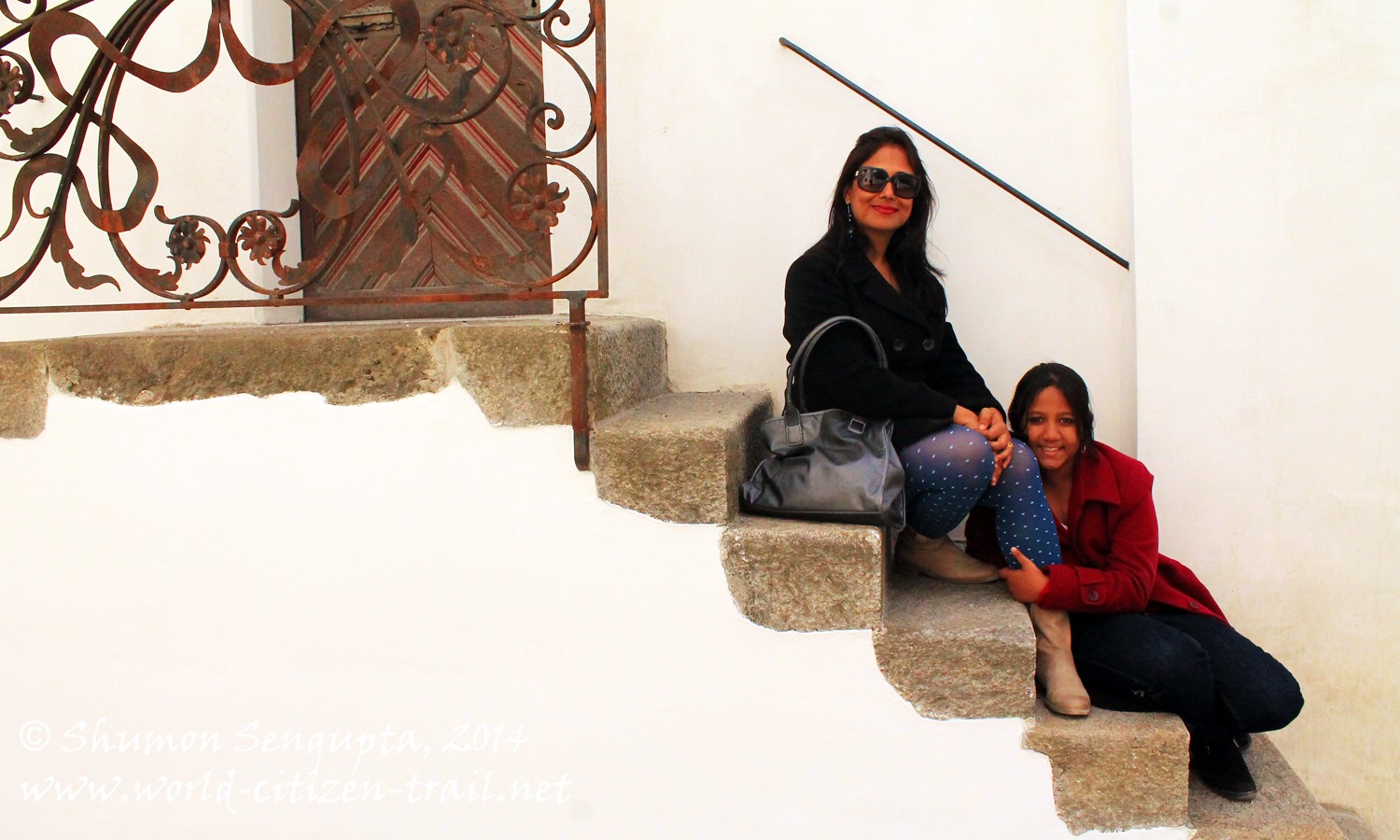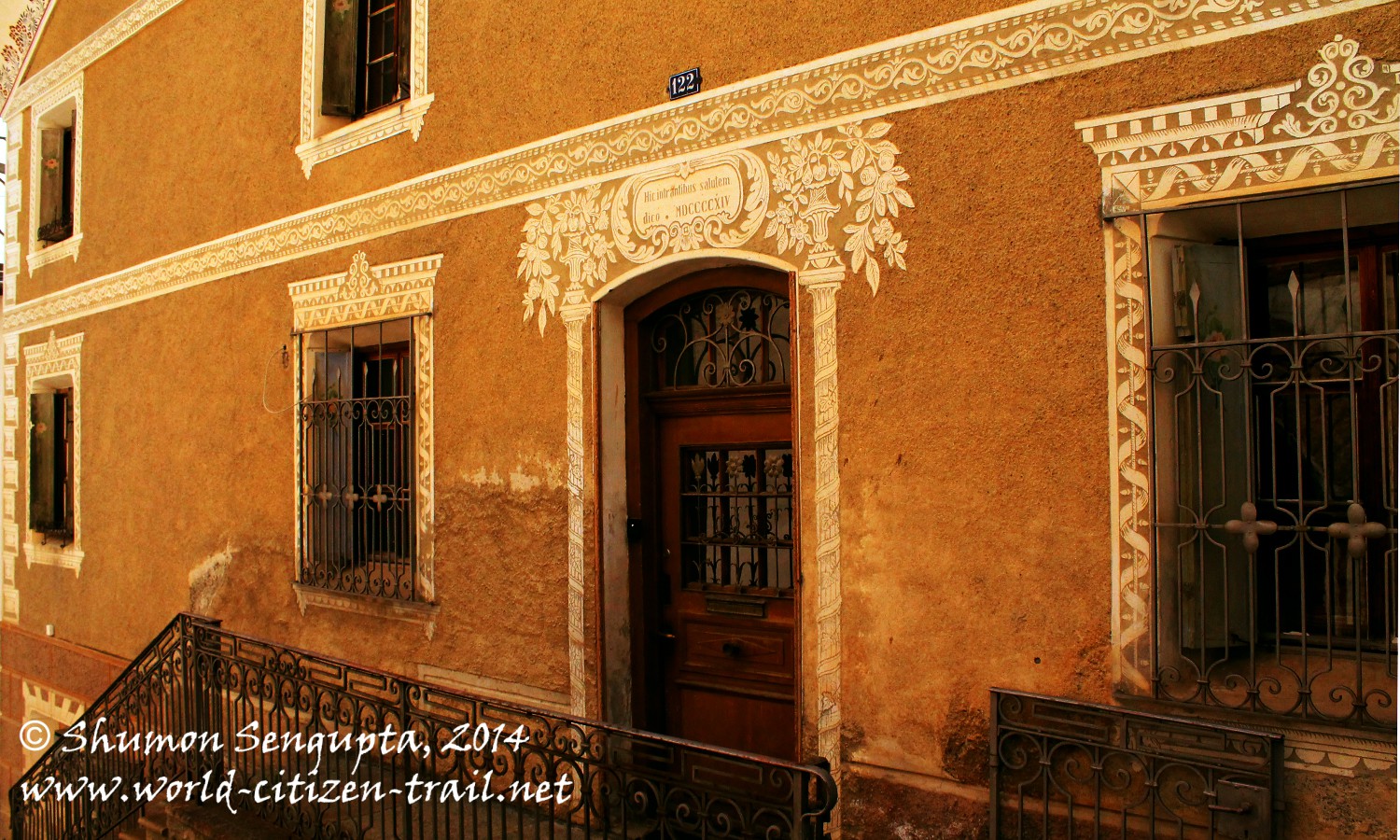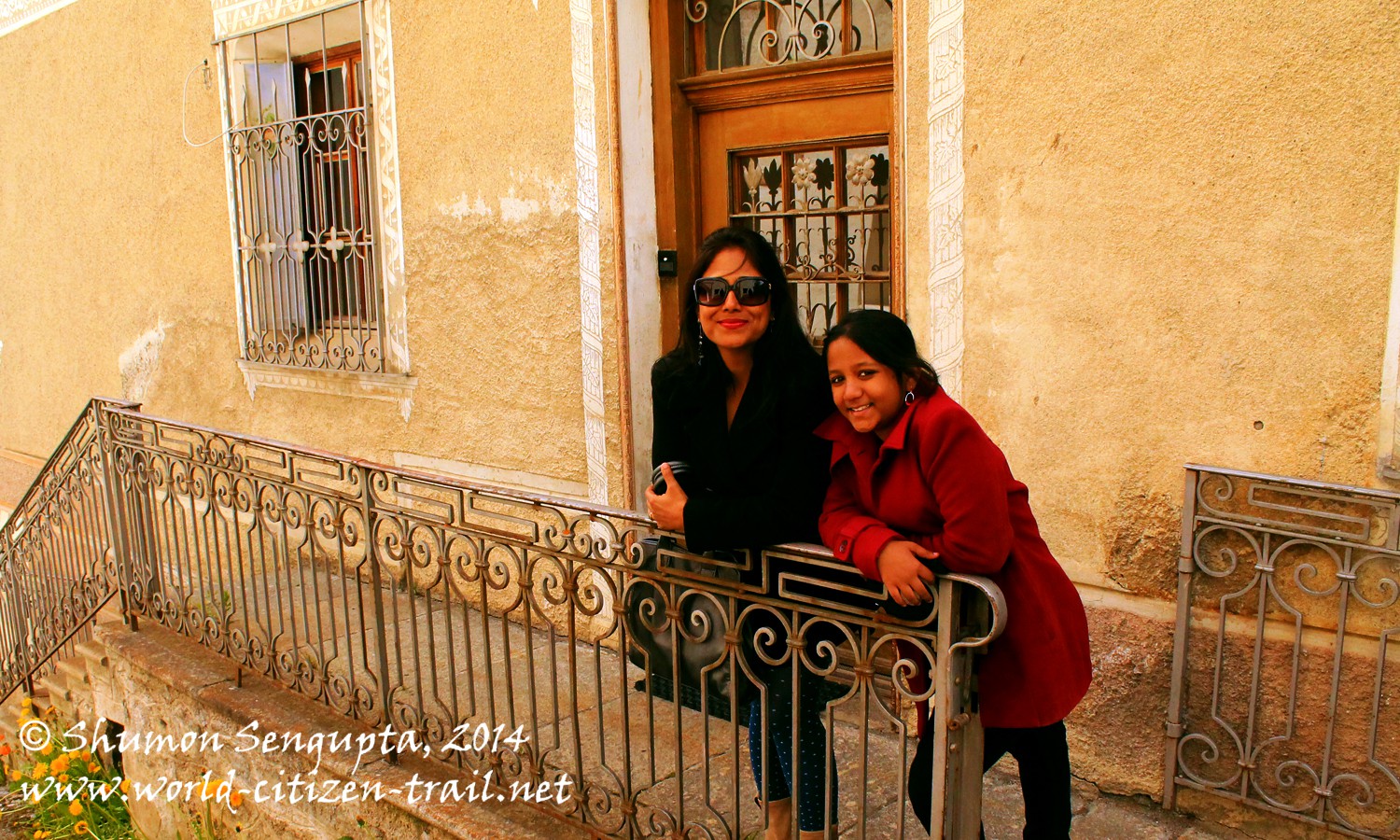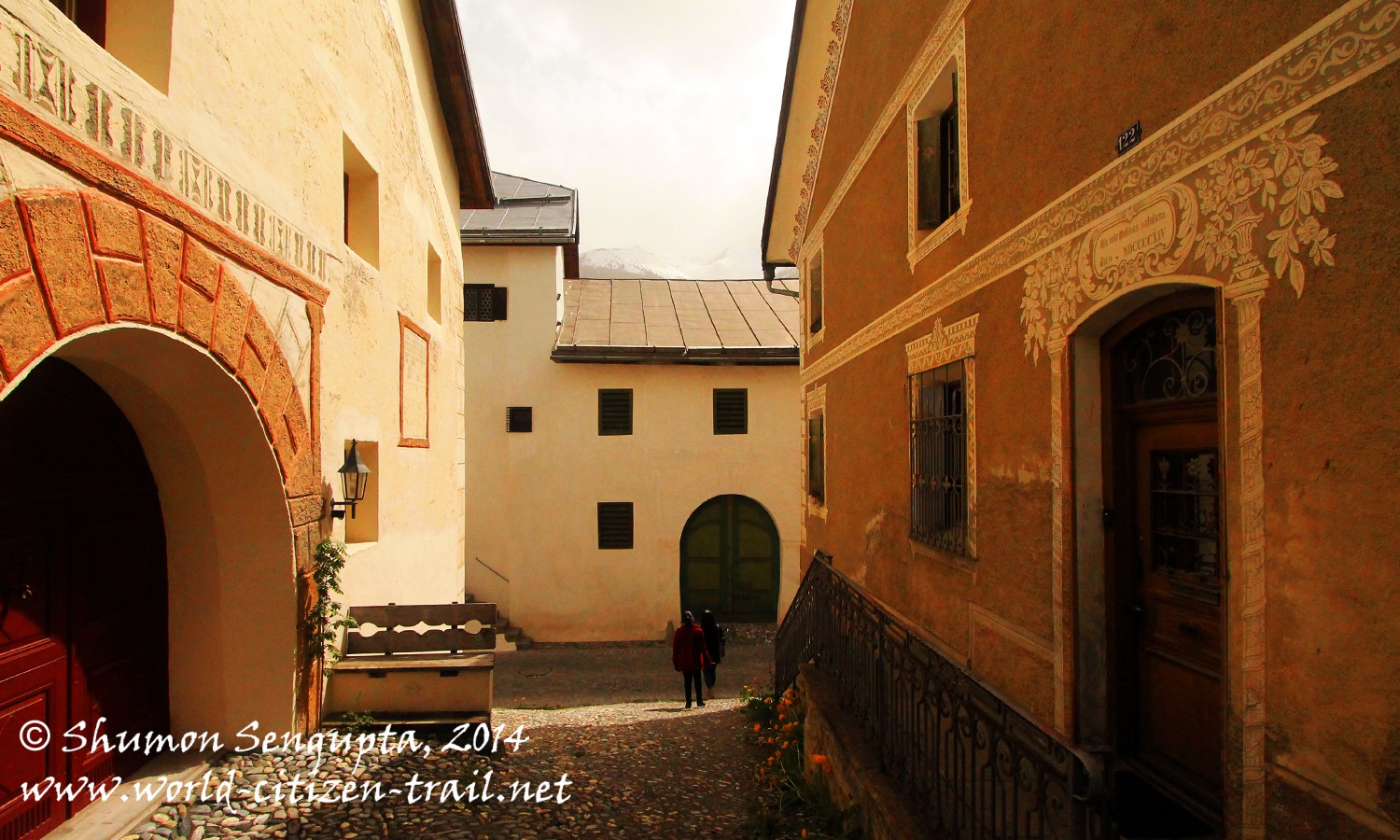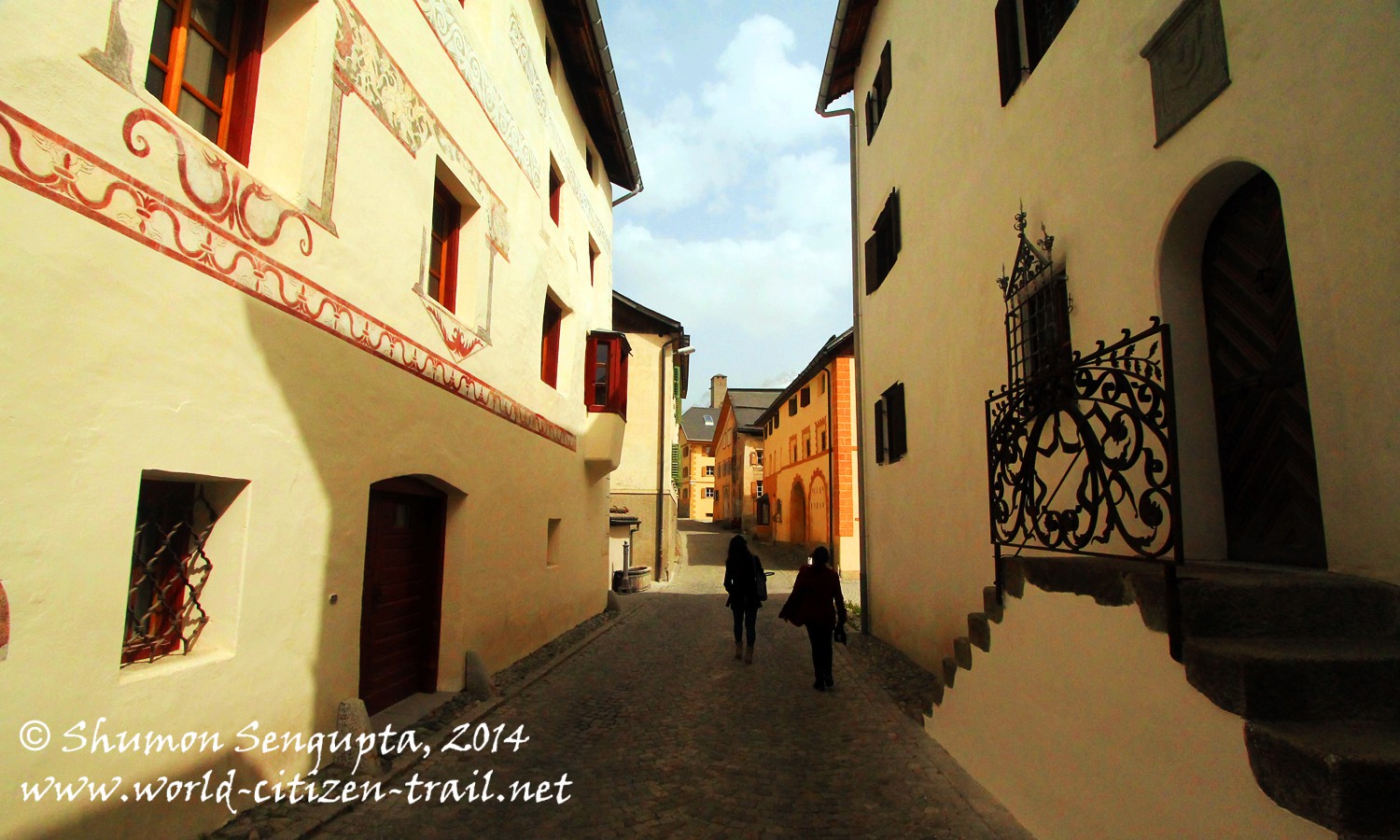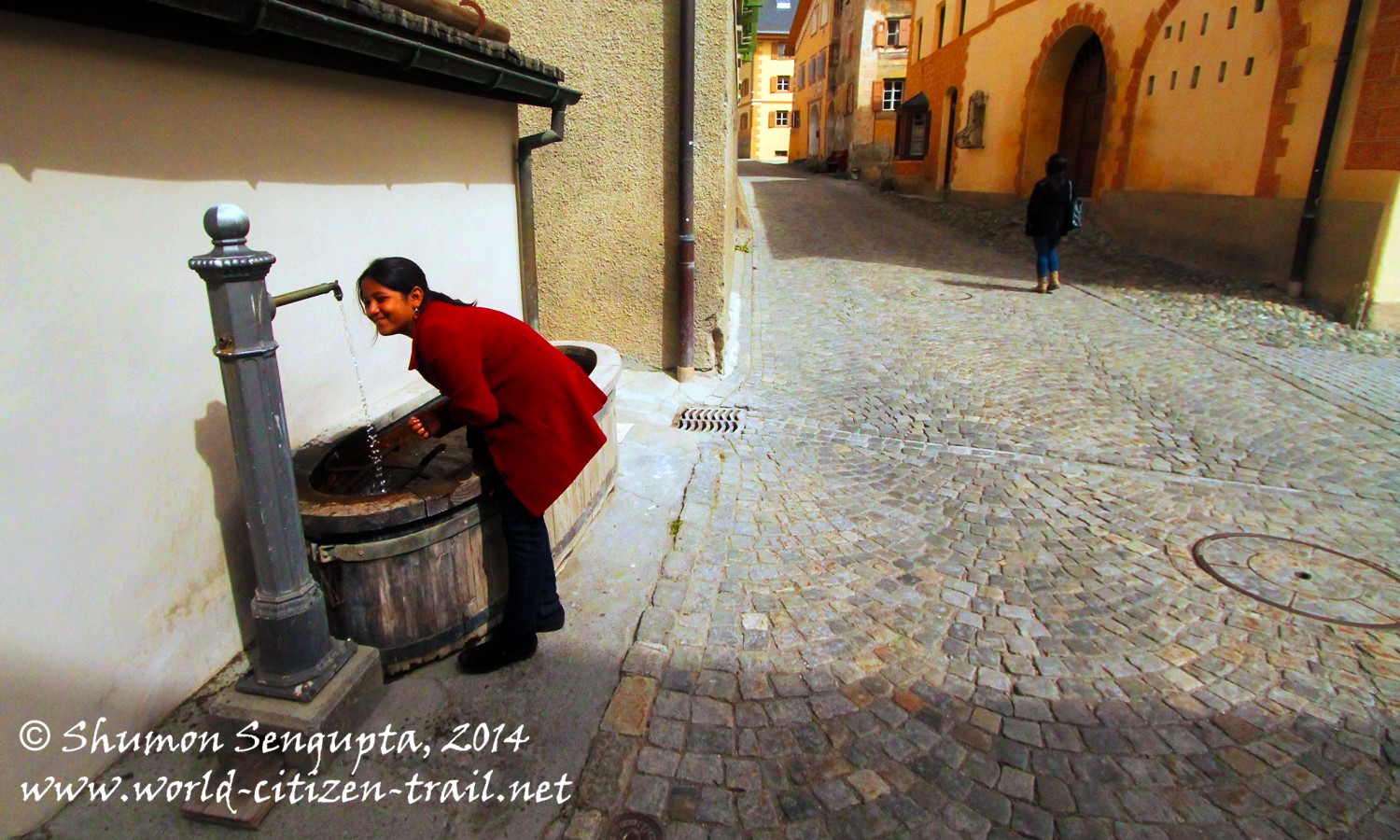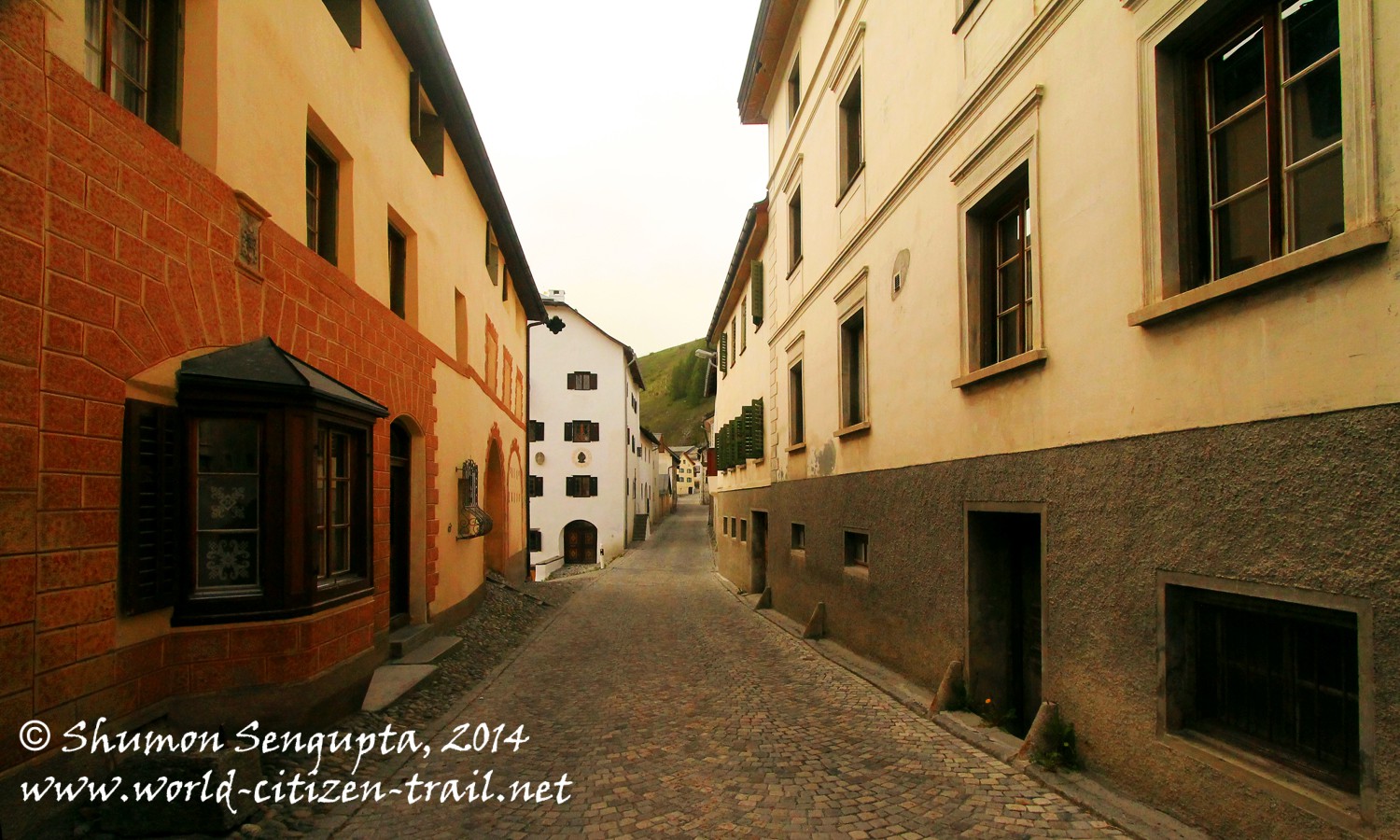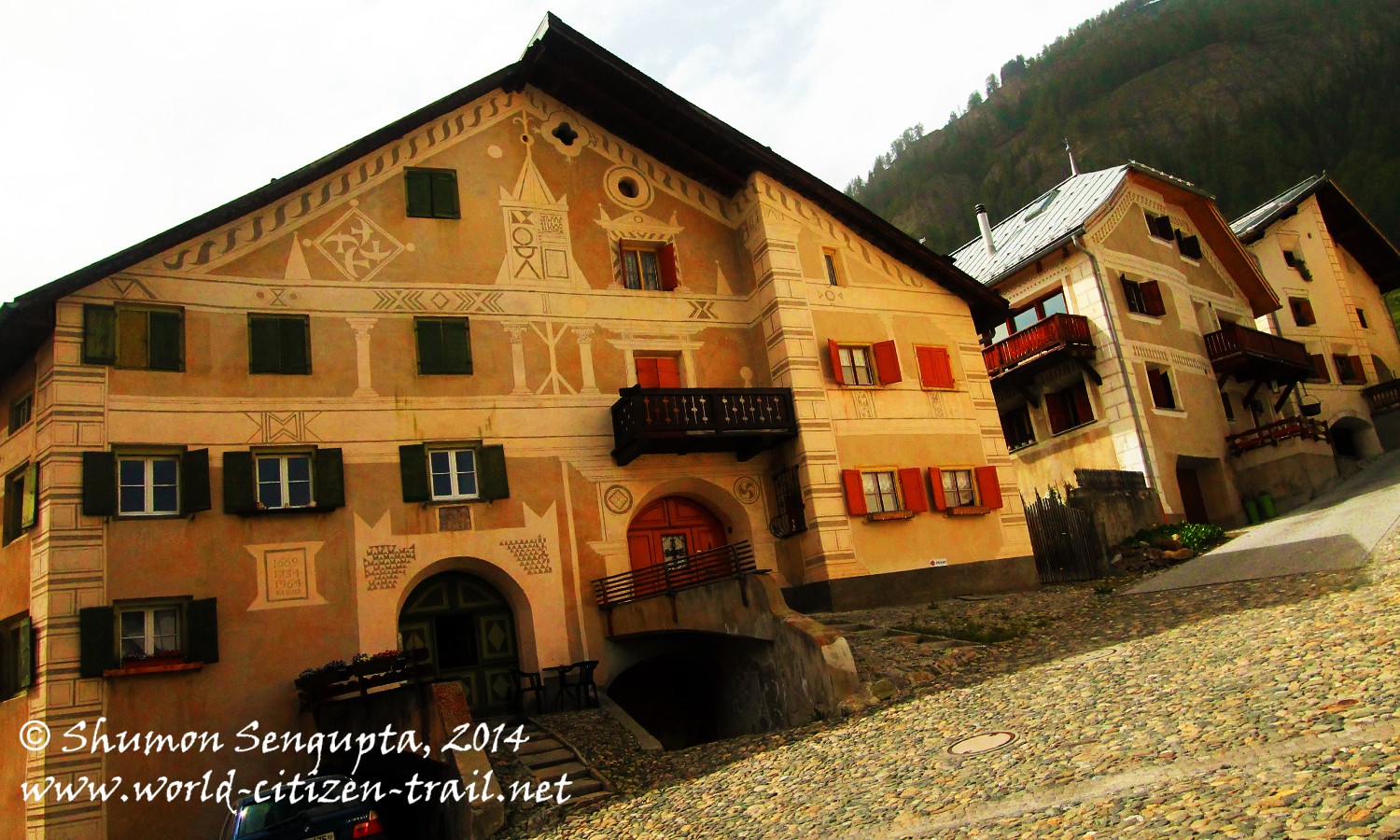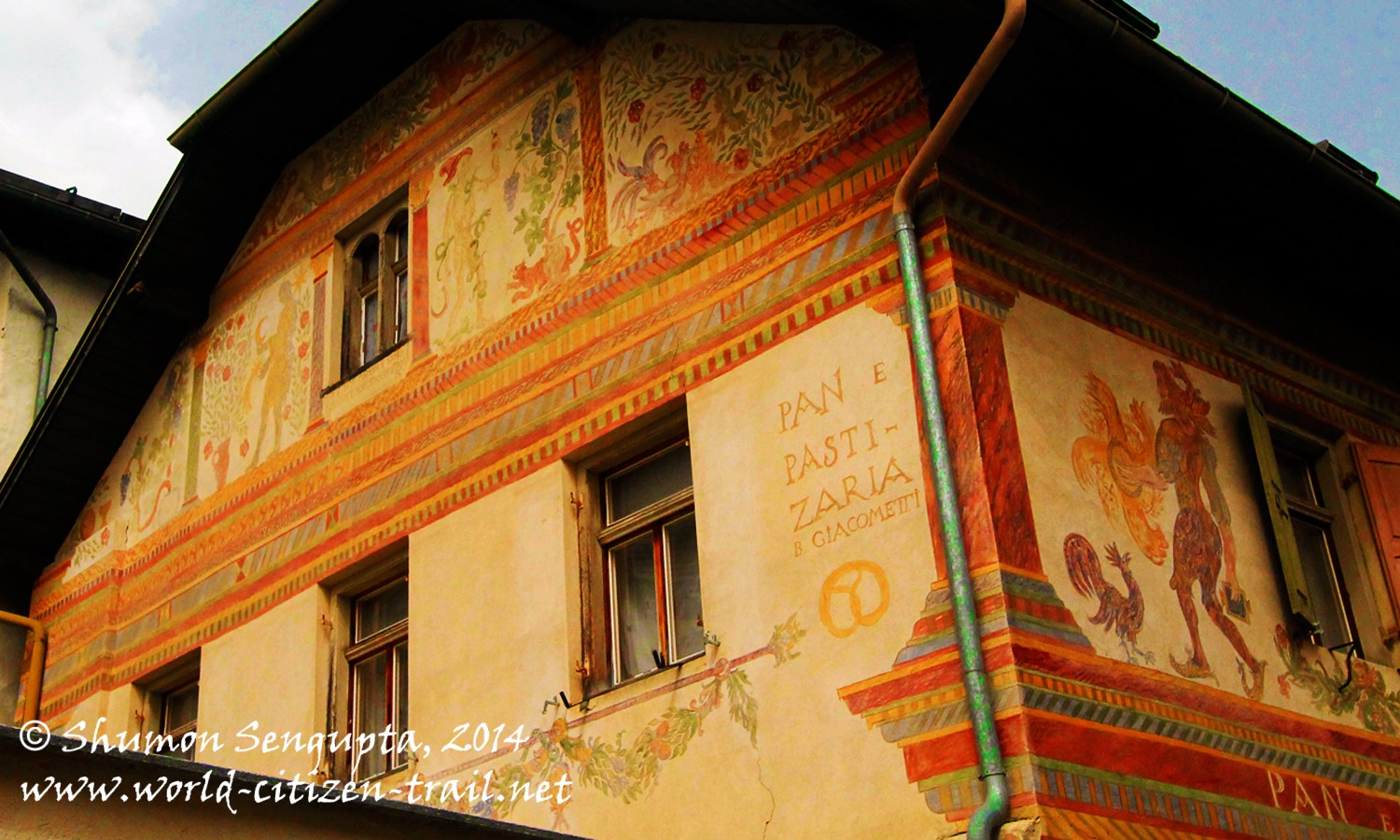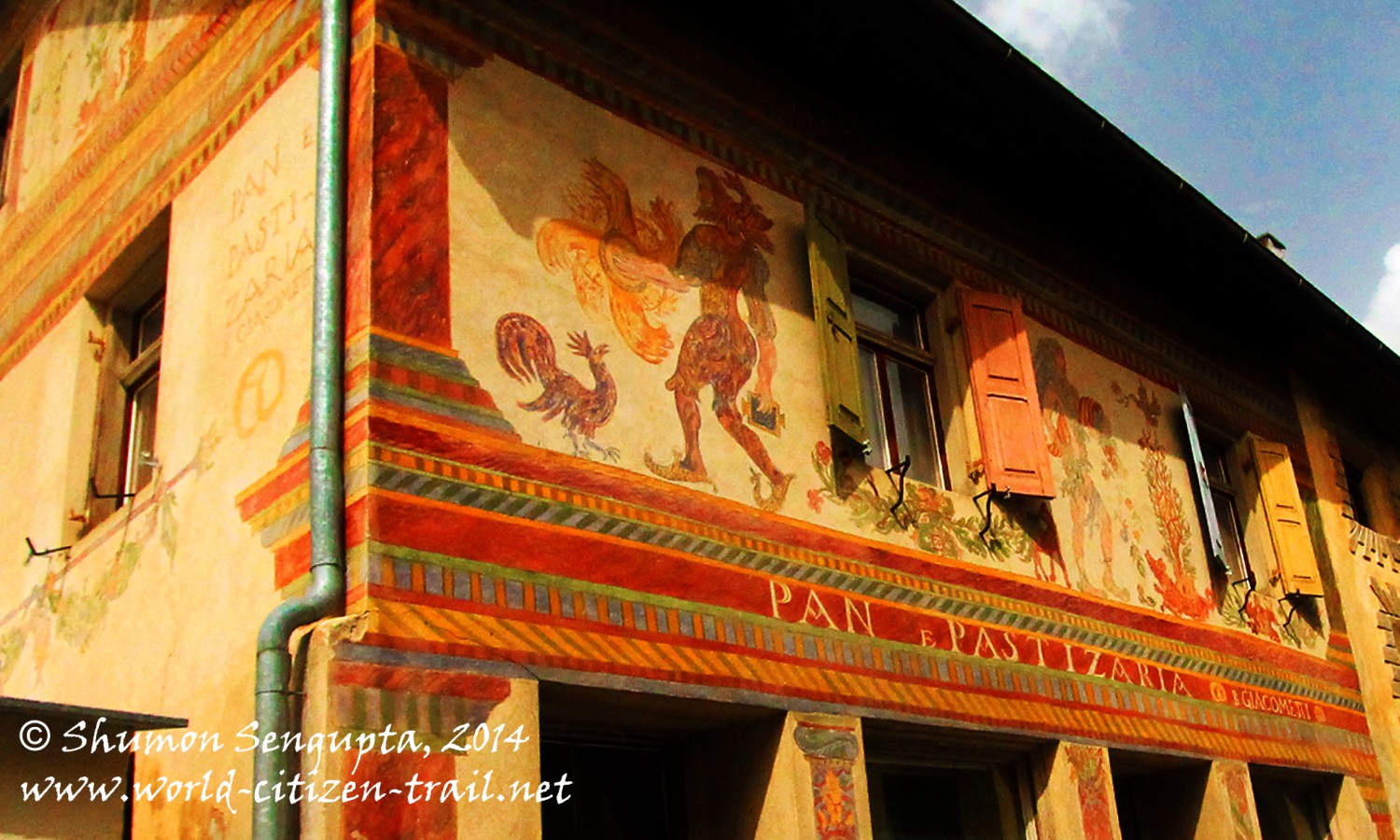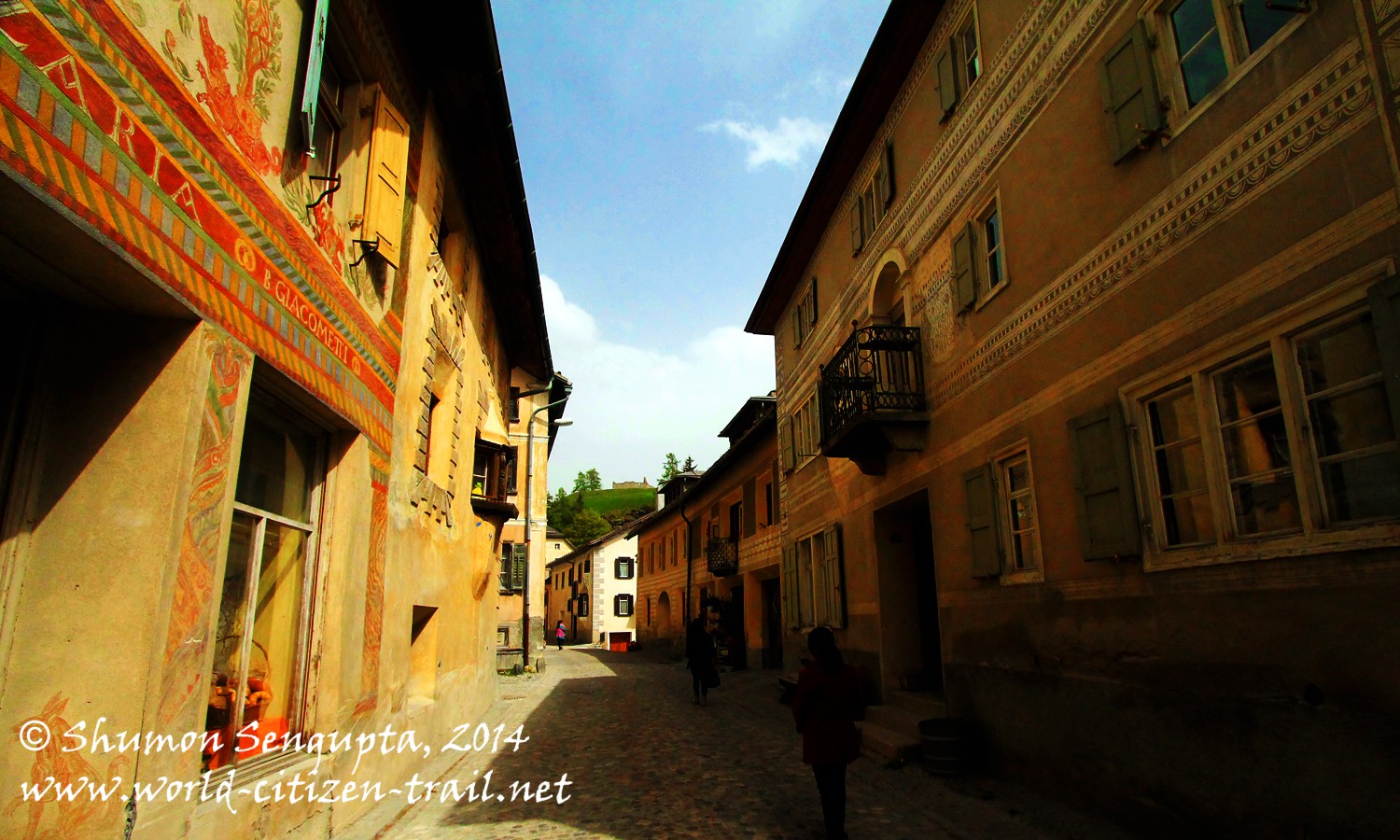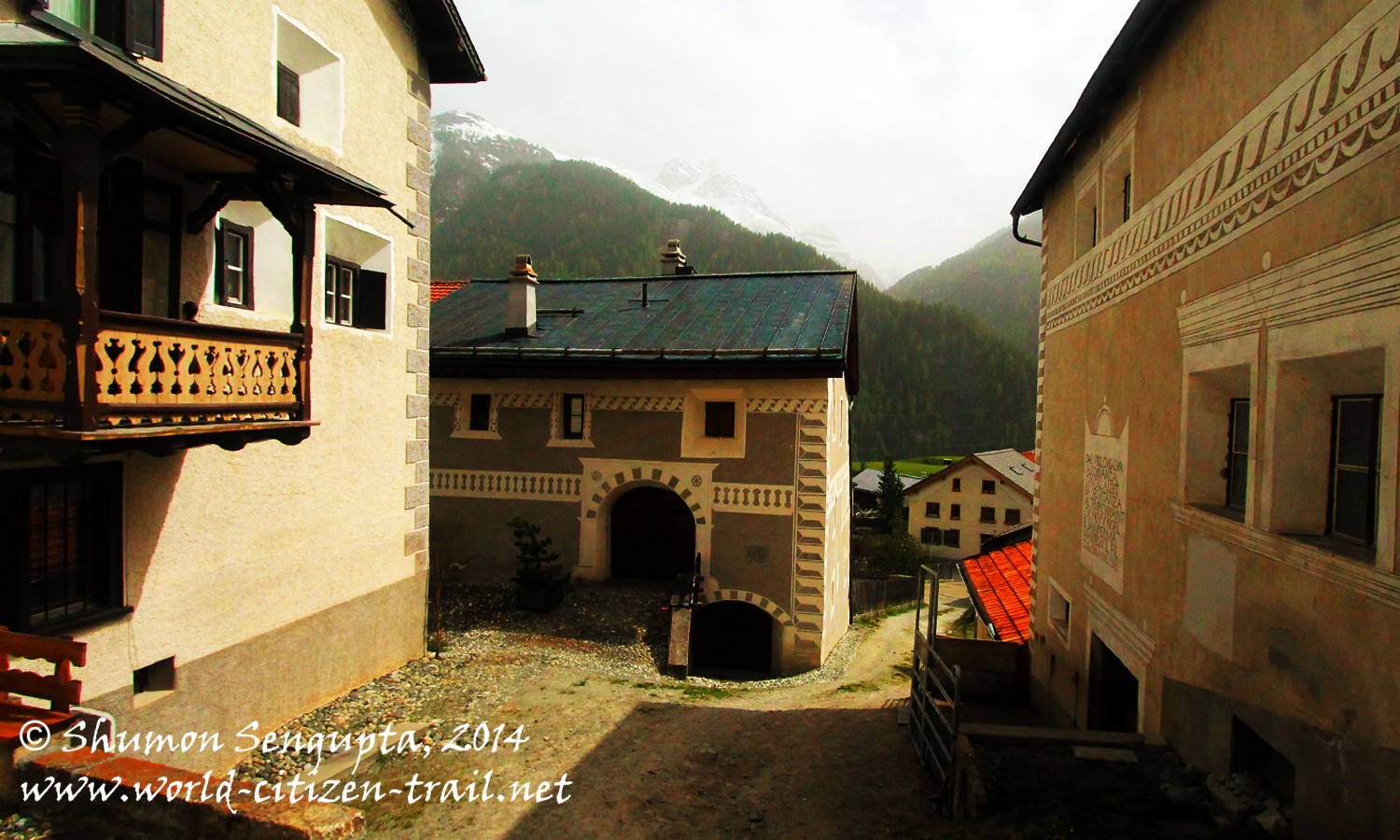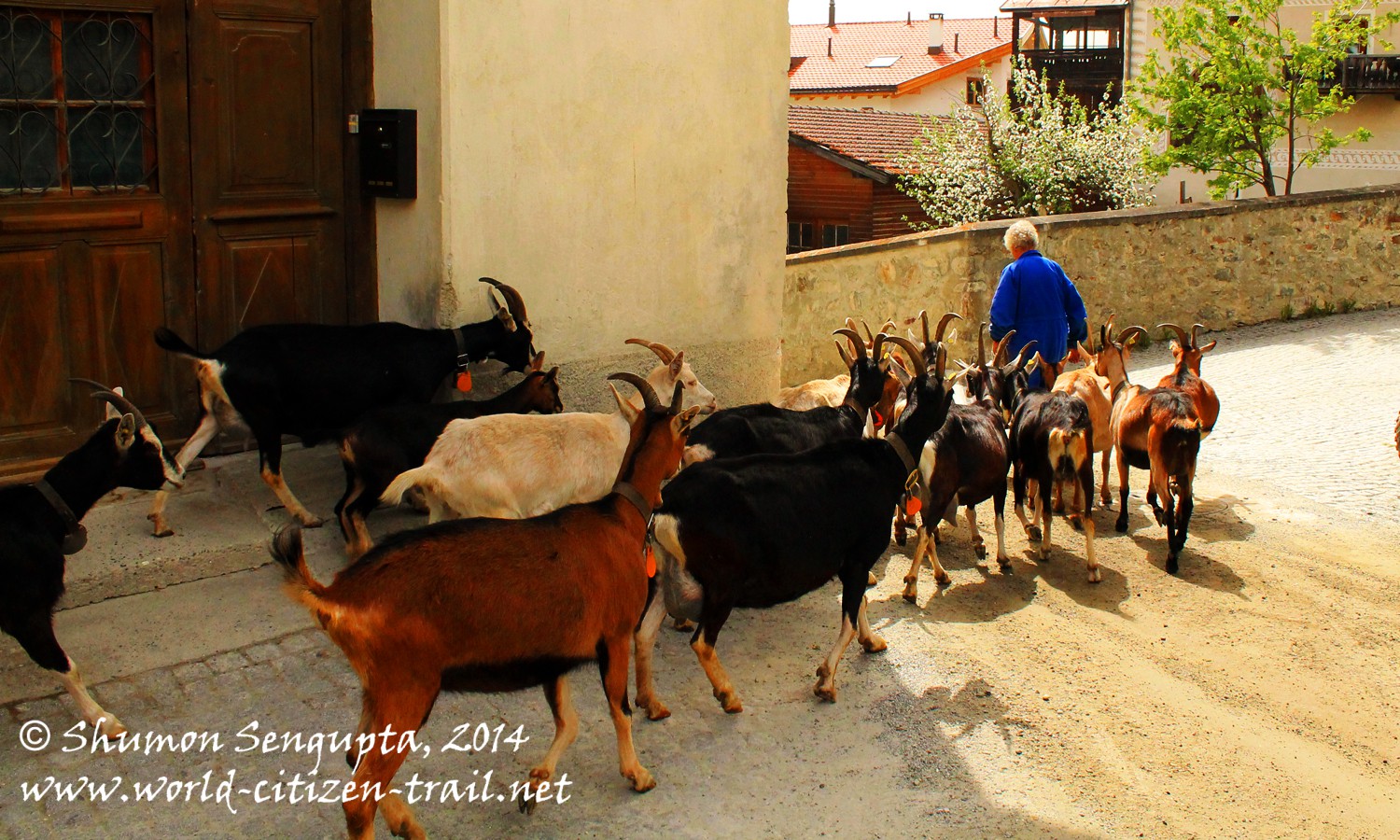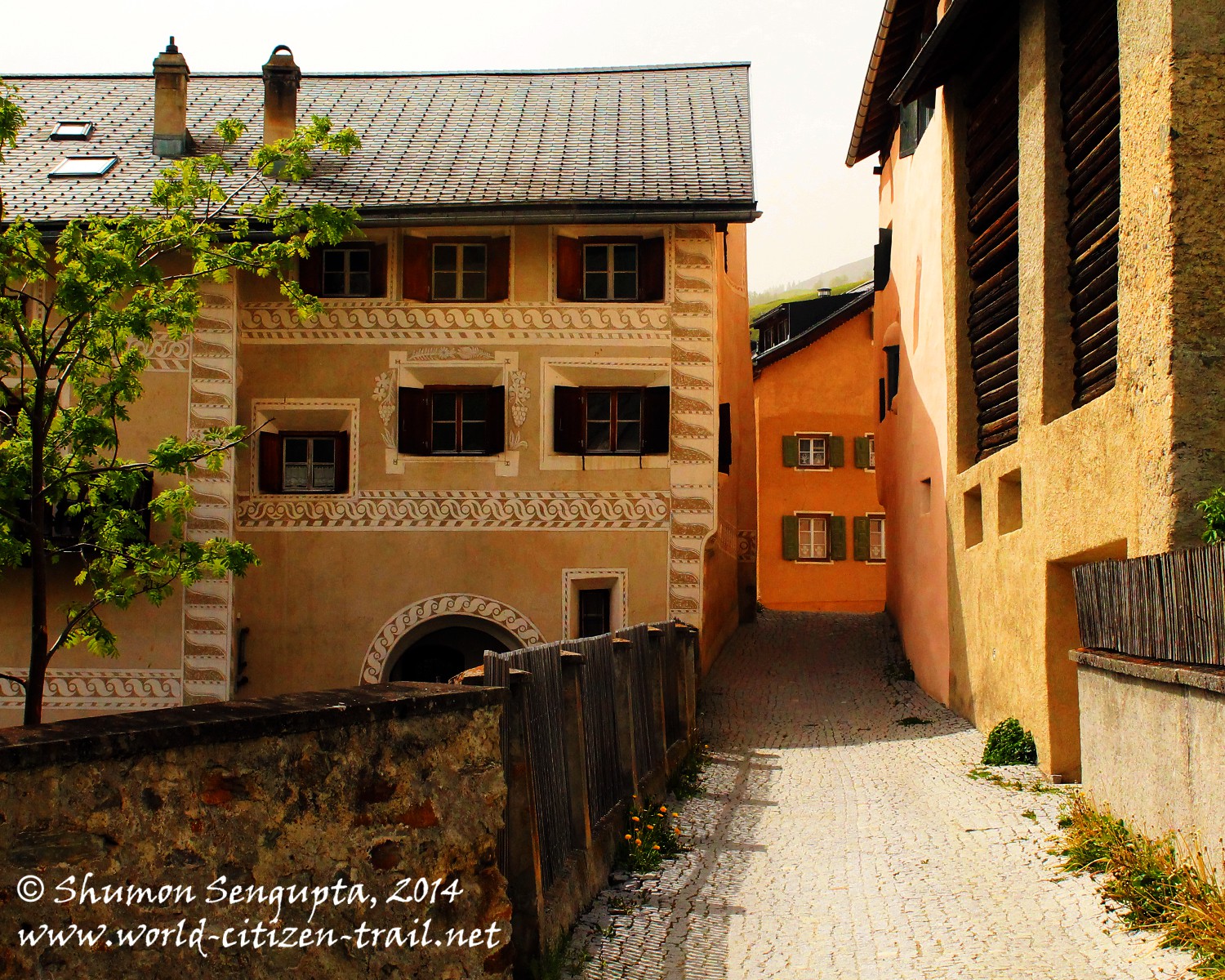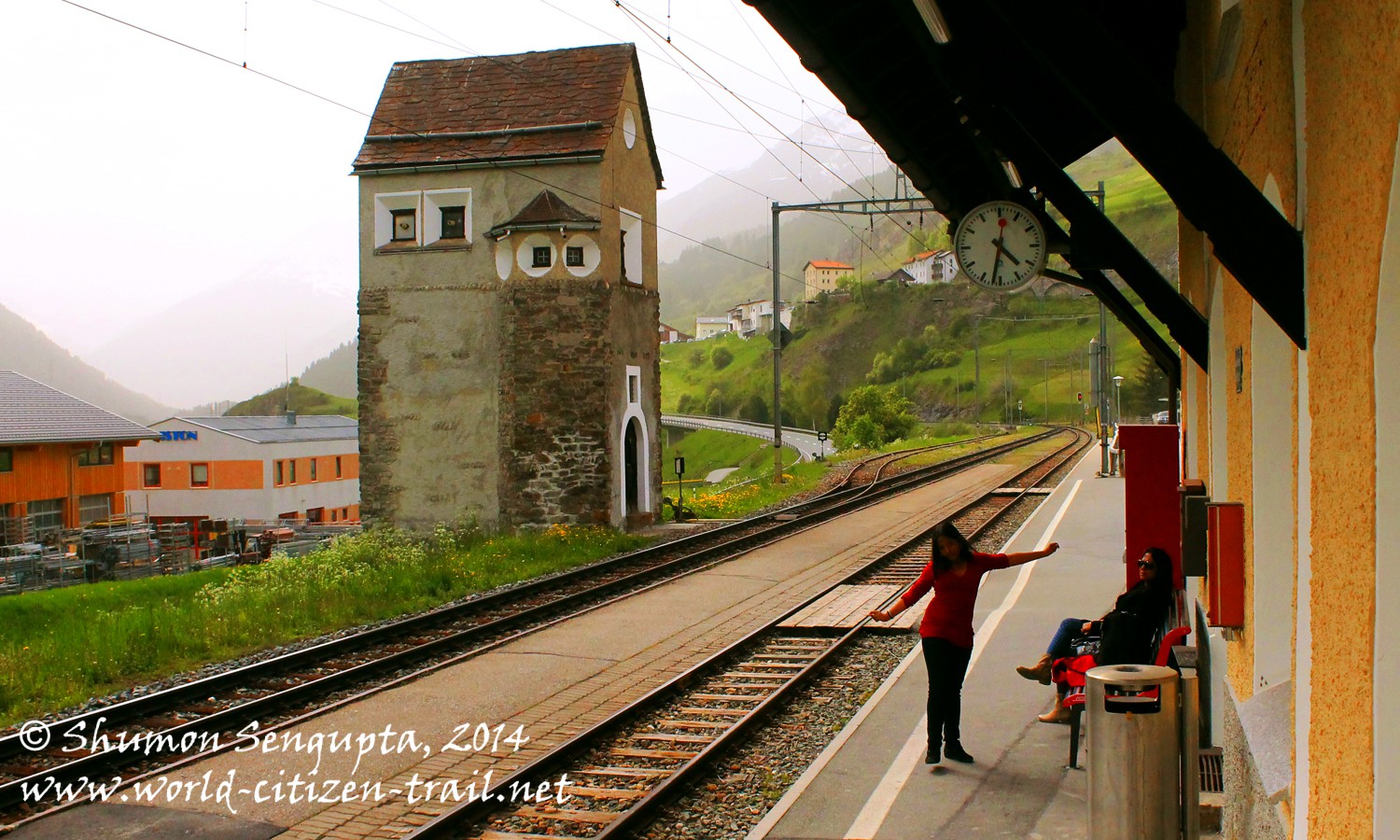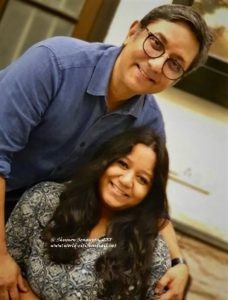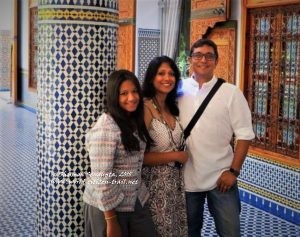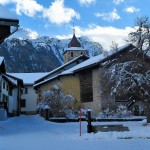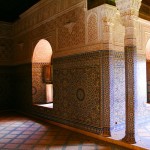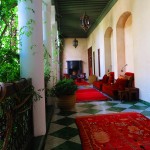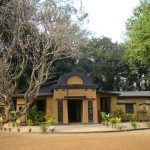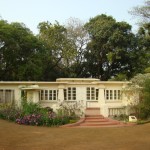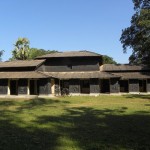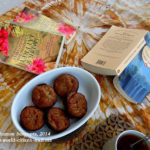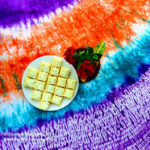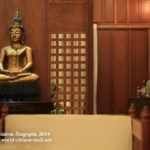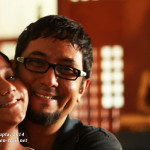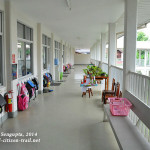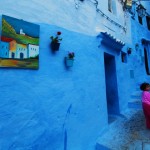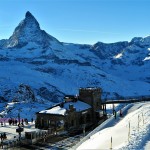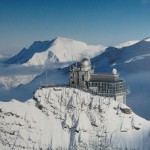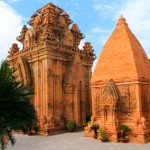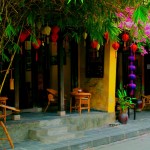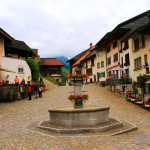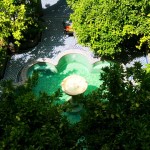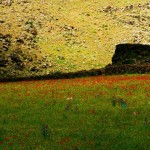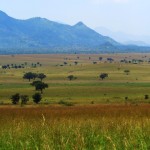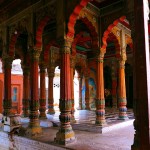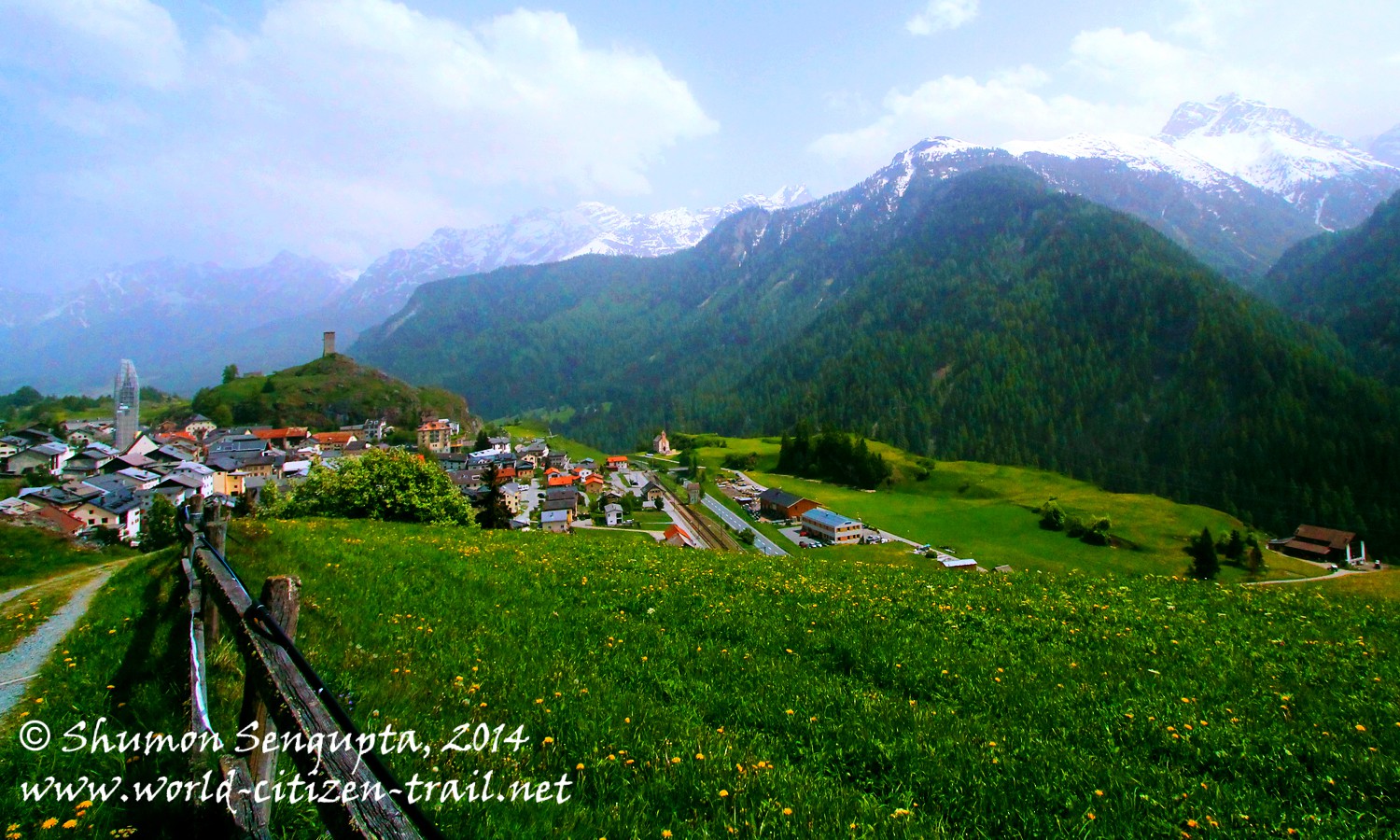 In my previous two posts, I described our trip to the ‘Sgraffito’ village of Guarda in the Lower Engadine valley of Switzerland and the hike between the village of Guarda and the village of Ardez. In this post, I shall describe our trip to the beautiful Ardez Village.
In my previous two posts, I described our trip to the ‘Sgraffito’ village of Guarda in the Lower Engadine valley of Switzerland and the hike between the village of Guarda and the village of Ardez. In this post, I shall describe our trip to the beautiful Ardez Village.
I, my wife Ananya and our daughter Minnie were in Switzerland for 25 days, travelling across the length and breadth of this amazing country. While we covered some of the popular tourist destinations, we also visited many relatively less known places, generally not visited by many foreign tourists. These were nevertheless places of great interest; of unsurpassed charm and beauty.
The village of Ardez was one such – off the beaten track if you like.
The Engadine region is a stunningly beautiful area and I just can’t say enough about it. As I have mentioned in my previous posts, the Upper and Lower Engadine valleys fall in the eastern corner of Switzerland, south of the Alps, bordered by Austria, Italy and the principality of Lichtenstein. The river Inn (or En) which originates in the snow, ice and glacier clad lofty Bernina mountains flows through the valley along its little towns and numerous pastoral villages and hamlets. 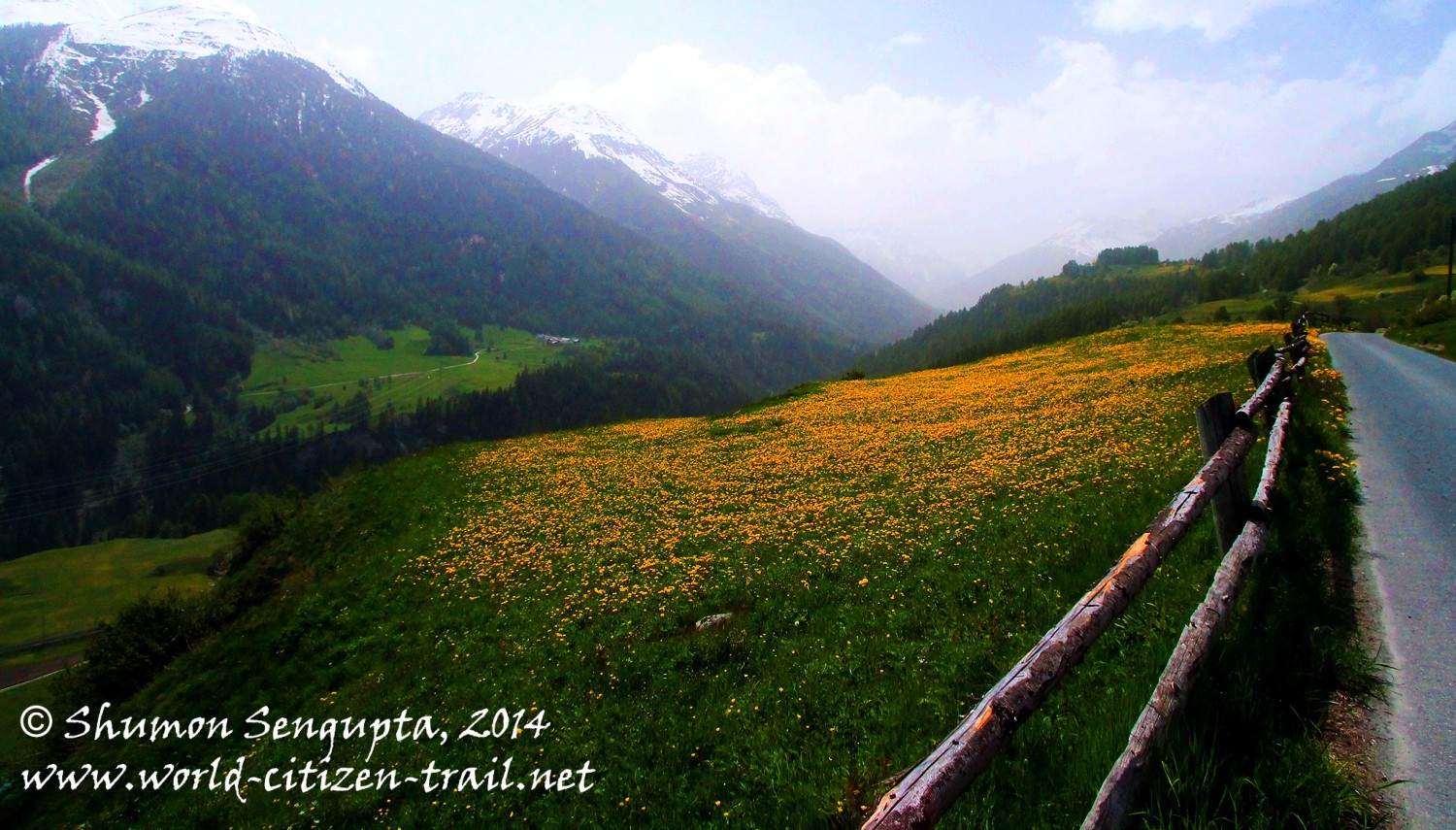 This relatively remote part of Switzerland is now connected round the year with most of the other regions through the world’s longest meter gauge railway tunnel – the nearly 20km long Vereina rail tunnel. Well isn’t that impressive in itself?
This relatively remote part of Switzerland is now connected round the year with most of the other regions through the world’s longest meter gauge railway tunnel – the nearly 20km long Vereina rail tunnel. Well isn’t that impressive in itself?
In addition to prominent and historical towns such as Schaffhausen (described in another post) and St Galen (which we missed), this part of Switzerland has vast expanses of pristine countryside which cradle quaint and remote villages, where few very old rural traditions and ways of life continue to this day. In these villages, you find facades of heritage houses that have beautiful ‘Sgraffito’ murals and decorations.
This region is characterized by rolling meadows, spectacular alpine peaks and quaint little villages that seem to pop straight out of pages of children’s fairytale books. For a more detailed description of the Lower Engadine, you might want to check out my previous posts on the village of Guarda and on our Guarda-Ardez hike.
We first visited the village of Guarda and from there we walked leisurely downhill for an hour and half over 4.7 kilometers to descend into the village of Ardez. On the way, we passed through the hamlet of Bos-cha. We walked by the hill sides along a meandering narrow road, while taking in the far ranging views of the snow clad Alps that framed the lush green meadows and valleys thickly carpeted with a profusion of wild spring flowers. It was a beautiful walk, starting out somewhat flat from Guarda and then sloping gently downwards half way and there onwards into Ardez. As we approached Ardez from above, at a distance we could see the beautiful village with its little railway station at its edge.
On a rocky spur towering in one side of Ardez village, there is small ruined Steinsberg castle/fort built in 1206 and a narrow-steeple church (dating from 1577). From here you can get a bird’s eye view of Ardez and its beautiful surroundings. The castle/fort was burned down during the war against Austria and for some reason, never rebuilt. There is a guided tour available for those interested but having already seen the imposing and impressive castles of Bellinzona and more importantly in the interest of time, we decided let it pass.
To the south of the village at a distance, you can see the jagged and imposing peaks of the Swiss Dolomites. Ardez is located between Scuol and Guarda. It is close to the Swiss National Park. And like Guarda, in addition to the old ‘Sgraffito’ houses along the cobbled streets and lanes, it has lovely fountains dispensing fresh cold water from springs high above.
Like in Guarda, Romansch, the ancient Latin based language is the main language spoken in Ardez, alongside German. This Romansch language was brought to the valleys of Engadine over two thousand years back by the Rhaetian tribe when they were expelled out of Italy by the Celts. This rare language, with its dwindling number of speakers has managed to survive and take on a form of its own through five different dialects in these isolated little villages of Engadine valley.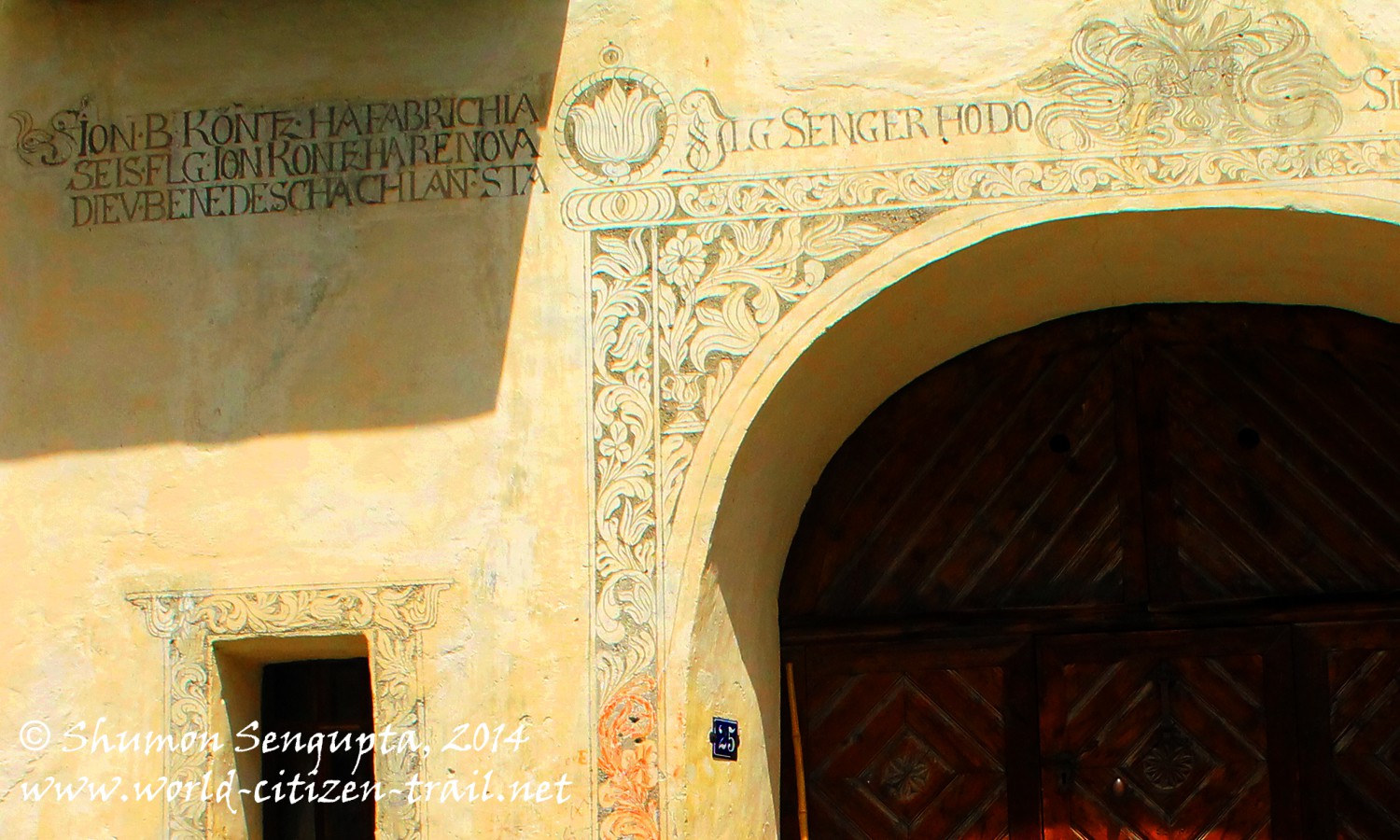
It is not good to make comparisons, but I am tempted. By all means Ardez is a strong rival to more feted Guarda. While Guarda scores over Ardez in terms of its dramatic and remote location along a high mountain terrace, Ardez, which is much bigger (with around 450 inhabitants) than Guarda, I felt had marginally superior Sgraffito houses in terms of variety, complexity and technical and aesthetic sophistication of the ‘Sgraffito’ designs and themes.
The details of the elaborate and complex Sgraffito murals in this 400 year old village are indeed very impressive. We noticed that like in Guarda, the designs were executed in three different ways. They were 1) either painted freehand in beautiful pastel shades, 2) or stenciled in bold mono-colors 3) or etched into the wet outer layer of white lime plaster while it dried, revealing the darker color of the layer of plaster below, as per the designs etched.
Each of these techniques had their own aesthetic impact, although I thought the third technique, despite being in mono-color and monochrome, was the most subtle, elegant and beautiful. And the designs ranged from simple borders of doors, windows and outer walls and basic geometric patterns to very detailed and complex flowing abstract designs and murals. We also came across stylized (and often esoteric) messages in Romansch, etched on walls of some of the houses. Every house seemed to have a character, rather a life and personality of its own and appeared to speak to us in the language of silence. The entire village felt like a living open air living museum – a place of antiquity.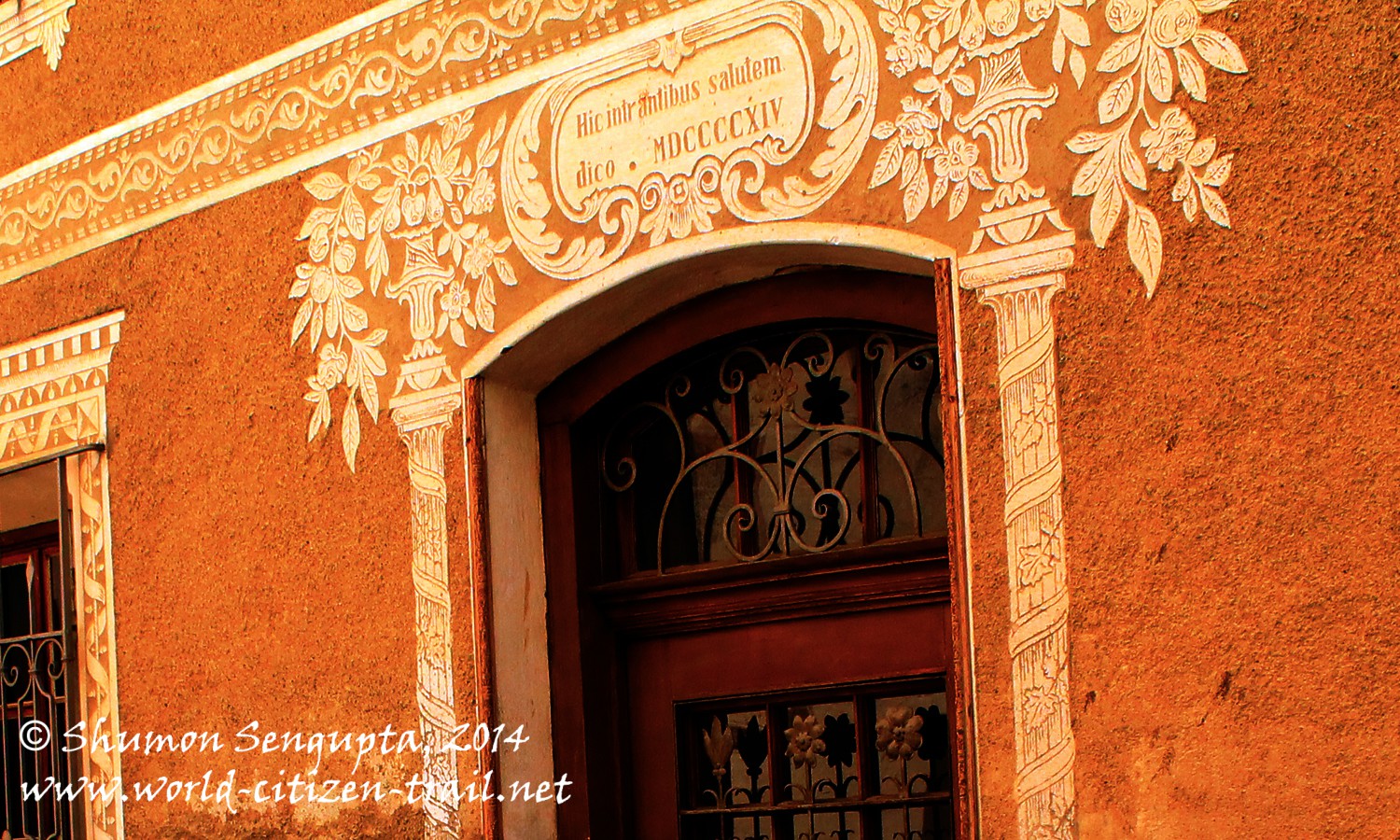 We found the most famous (rather flamboyant) ‘Sgraffito’ house in Ardez right on the main street, close to the church. It was built way back in 1647 and is decorated with a large and elaborate mural depicting the story of Adam, Eve and the devil in the form of a snake.
We found the most famous (rather flamboyant) ‘Sgraffito’ house in Ardez right on the main street, close to the church. It was built way back in 1647 and is decorated with a large and elaborate mural depicting the story of Adam, Eve and the devil in the form of a snake. 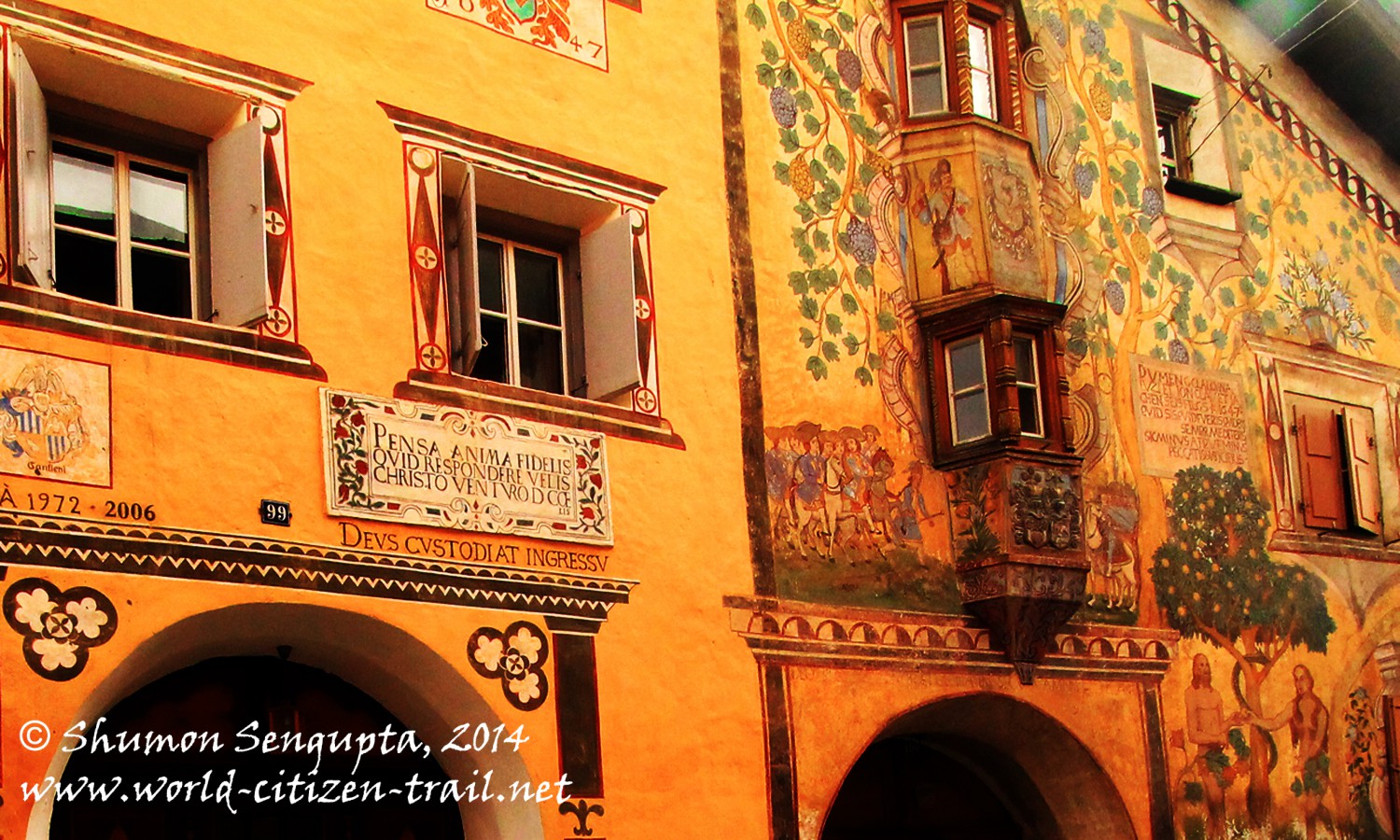 The history of these ‘Sgraffito’ houses goes as follows. Even hundred and fifty years back, this remote region in particular and Switzerland in general was pretty poor. The Lower Engadine produced very little and population was dependent predominantly on subsistence farming and some animal husbandry. Because of lack of adequate natural potential, opportunity and geographical isolation, the economy of the remote Engadine valley was poorer than rest of the country. Its people were however enterprising and hardworking. So many enterprising men from the valley went to Italy and France to seek their fortunes there, which they did make in good measure, often as bankers. Many of them eventually did return to the valley and spent some of their wealth in building these impressive buildings, which they further embellished with beautiful murals. The technique of ‘Sgraffito’ itself was imported from Florence in Italy in the 15th century, so goes the story.
The history of these ‘Sgraffito’ houses goes as follows. Even hundred and fifty years back, this remote region in particular and Switzerland in general was pretty poor. The Lower Engadine produced very little and population was dependent predominantly on subsistence farming and some animal husbandry. Because of lack of adequate natural potential, opportunity and geographical isolation, the economy of the remote Engadine valley was poorer than rest of the country. Its people were however enterprising and hardworking. So many enterprising men from the valley went to Italy and France to seek their fortunes there, which they did make in good measure, often as bankers. Many of them eventually did return to the valley and spent some of their wealth in building these impressive buildings, which they further embellished with beautiful murals. The technique of ‘Sgraffito’ itself was imported from Florence in Italy in the 15th century, so goes the story.
These days it is expensive to maintain these old heritage houses and I am told the Swiss government provides some financial support for the maintenance of these houses in Ardez and Guarda. Residents are not allowed to make any changes or repairs without the approval of the local Building Commission.
Be that as it may, the unique culture of the Romansch speaking people of this valley is not restricted to their language and houses. They have also retained some of their ancient traditions, customs and rituals to this day, which is both fascinating and delightful. For example, on 1st of March every year, like in Guarda, people in Ardez celebrate the “Chalandamarz” during which young boys clang cow bells loudly throughout the village to chase away the winter and its “evil spirits” (sic). And they sing songs to welcome the spring. Now how exceedingly beautiful is that!
And then, on the 24th of June every year, there is another very interesting community ritual, probably related some ancient fertility rite. And this is celebrated only in Ardez.
Young boys visit their neighbors and every girl and young woman in the house is expected to gift an egg to the young boys visiting specially for the purpose. And in case there are no eggs left to be given to a visiting young boy, the boy would sprinkle / dunk the house with water in retribution. How incredibly charming!
I thought there was an interesting parallel with the spring festival of Holi in north India held around the same time, when people play with water and colors (in place of the eggs, thank god for that). Similarly in Thailand and Laos, around this time, people celebrate the festival of Sonkran/Pemai by dunking each other with water. These are all vestiges of some ancient fertility rituals / festivals, I would think. The only difference is that the Swiss do it in a more civilized and polite way compared to those in South-East Asia and even more so compared to those in India.
With that thought and much said about Ardez, I now leave you with a set of photographs I took at this village.
For travel Tips, foods to try and bad weather options, please refer to my post on Guarda
